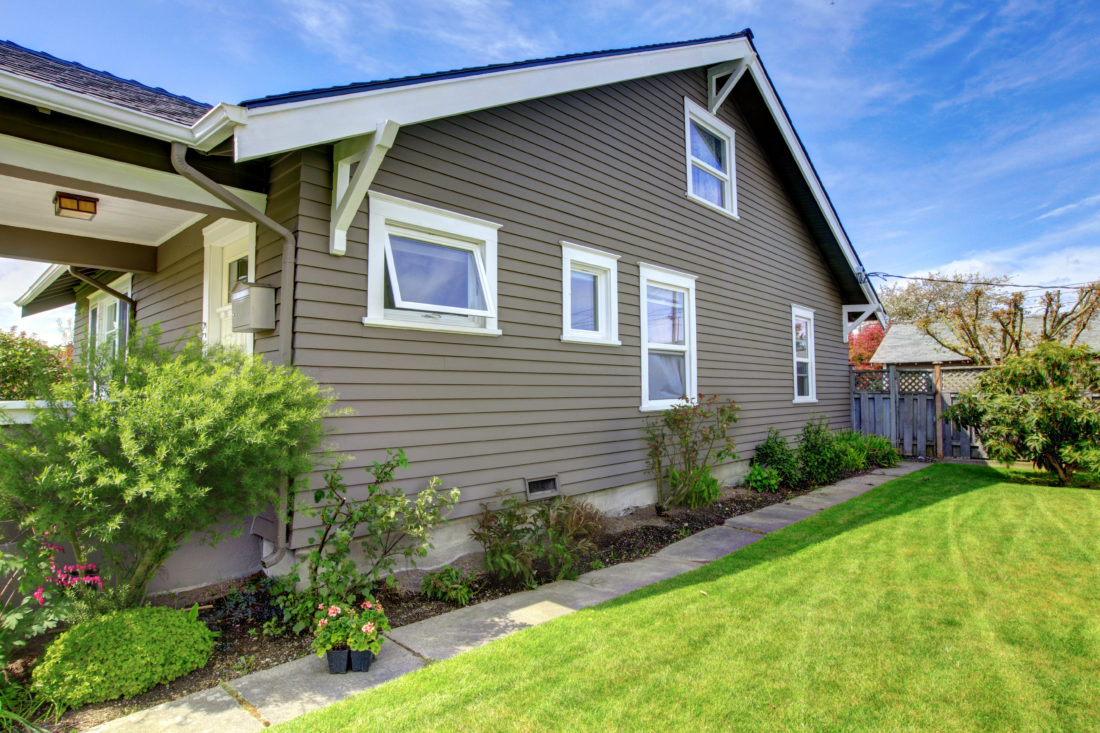
Weatherboard and timber cladding maintenance
A well-maintained property exterior is a key to impressing potential buyers. However, New Zealanders are more often putting their property maintenance on hold. Reasons people aren’t putting time aside could be that they simply don’t have the time or the budget. In time, aspects of the property will deteriorate without proper maintenance, weatherboards and timber cladding are one of them.
Why is weatherboard maintenance important?
A common problem in timber-clad New Zealand homes is rotting weatherboards, fascias and trims. Many professionals will recommend a house maintenance programme that includes regular inspections of the weatherboards. Regular inspections of the weatherboards should mean any deterioration is caught early and only minor repairs will need to be completed. If issues such as rot are not caught early it could result in needing to fully reclad your home.
The cost to reclad a home in New Zealand is very broad. The worst-case scenario would be that it costs about $40,000 to fully reclad a single-story house, and $80,000 to reclad a two-story house. On top of this cost, you will also have building consent. Building consent costs vary from property to property, however, they are likely to be anywhere from $5,000 to $10,000.
Different types of weatherboards
First impressions matter the most because they last. So when building or renovating your home, it’s important to choose exterior cladding that catches the eye. Weatherboards are very common in New Zealand, and below is a list of the common types.
- Timber
- Fibre cement
- Metal
- Vinyl
- Composite timber
How to maintain weatherboards
All exterior cladding requires some type of maintenance at some point in time. The type of maintenance and frequency however will vary from material to material. It is important to always read the manufacturer’s instructions if you have them available. At a bare minimum, it is recommended that you wash cladding with a soft broom and clean water every 6 – 12 months.
Resin bleeding can occur in new timber weatherboards and can seep through paint. It is important that you let the resin bleed out naturally. The process may take up to two years, and you will need to scrape off the resin regularly as it comes to the surface of the weatherboard. Once the timber has finished bleeding you should sand back the affected area, prime it with an alkyd-aluminium primer, undercoat and then paint it.
It is very common for timber weatherboards to end up with rot if not maintained well. Rot will form if the weatherboards are continuously damp, or the timber has been incorrectly treated. If you have rotten weatherboards you will need to remove and replace the rotten timber. It is also essential to check whether the building paper and framing aren’t also rotten. Speak with your local builder for further advice if you have found rotten weatherboards.
Weatherboard joints can sometimes open due to the movement of timber, whether it be shrinkage or expansion. If the joints are not primed when first painted it is likely the timber will absorb moisture. If you have found your weatherboard joints are opening, remove the existing paint, prime them again and then cover the covers and joints with metal soakers. The type of metal soaker you need will depend on what the corrosion zone is in your area.
Another common weatherboard issue is bubbling, peeling or flaking paint. There are a number of reasons this could happen, however, it’s often due to poor initial preparation or the use of dark colours which attract the sun. The fix for this is simple. Identify where the issue is, remove the failed paint, prime it again and paint it again. It is important to speak to a paint specialist to ensure you’re using the right type of paint for your area.
Have you heard of timber weatherboards splitting or cupping? Well, it is a thing. Splitting and cupping are caused by timber movement, double nailing, or the back of the board not being primed. Replace the damaged timber and nail with a single line of nails. The same changes should be made for timber weatherboards that are split or cracked. We do not recommend attempting this on your own, always seek professional advice.
How often should I maintain my weatherboards?
How often you should maintain your weatherboards greatly depends on the material the weatherboard is made out of and where you live. If you live in a sheltered, inland location, you may find that your maintenance only needs to be done every 12 – 18 months. However, most areas will require that you perform maintenance every 6 – 12 months.
How to check if weatherboards have rot
There are many ways to test for rot, however, the easiest way is to use a small screwdriver or knife end. With the screwdriver or knife, simply poke it into the area where you suspect there may be rot. Rotten wood is soft, so if your tool sinks in more than 3mm there is a chance your timber has rot. If the area is wet but not soft, you do not necessarily need to replace anything, however, it is very important that you figure out where the moisture is coming from before it becomes rotten.
Most people won’t have a moisture meter at home, but if you do, this is another way to identify moisture or rot. A moisture meter will send a di-electric current 40 – 40mm into the wall, and send back a reading based on a scale of
0 -160. While a moisture meter will identify moisture, it doesn’t necessarily mean there is rot.
If you’re not sure whether the condition of your weatherboards is a concern, book a building inspection with one of our trusted inspectors.
